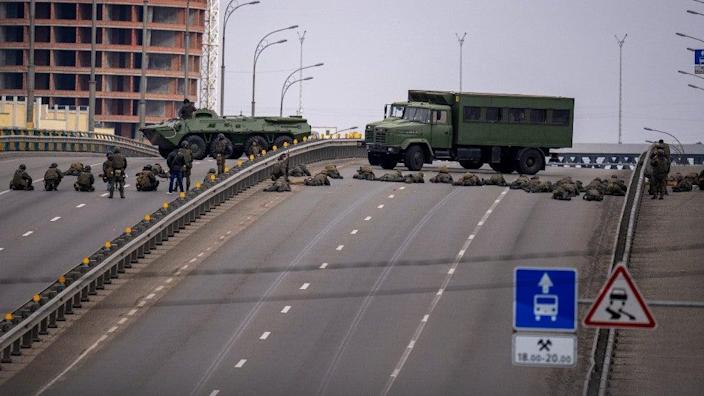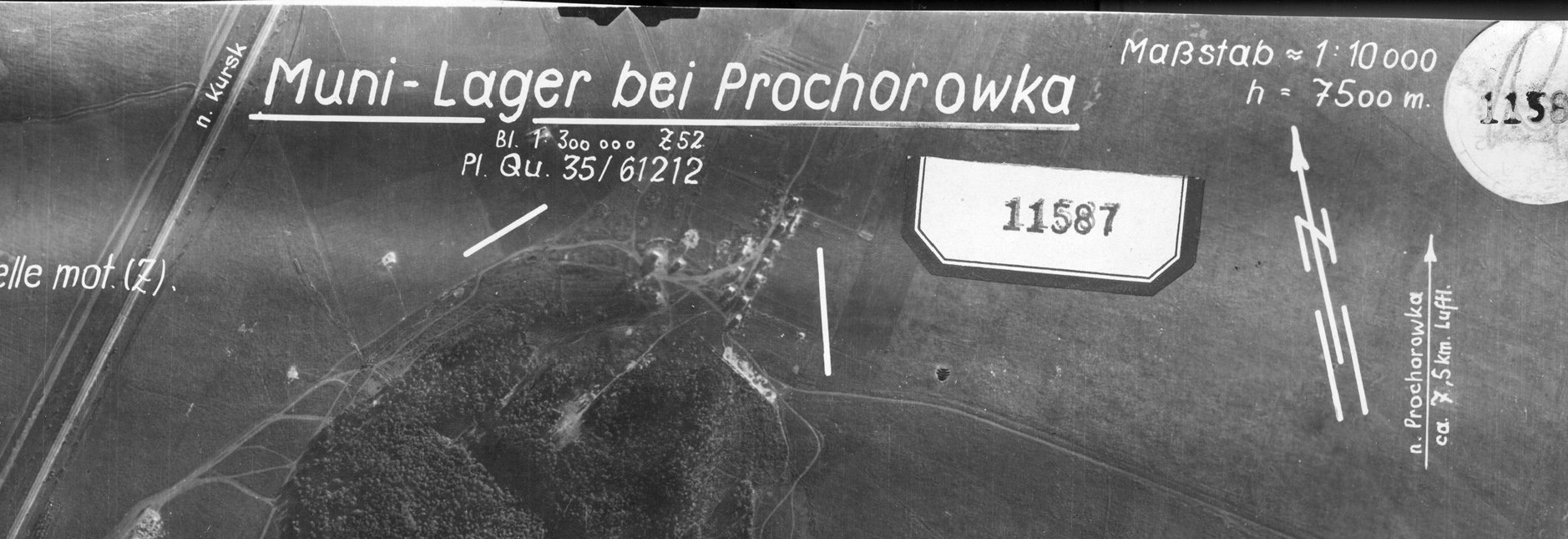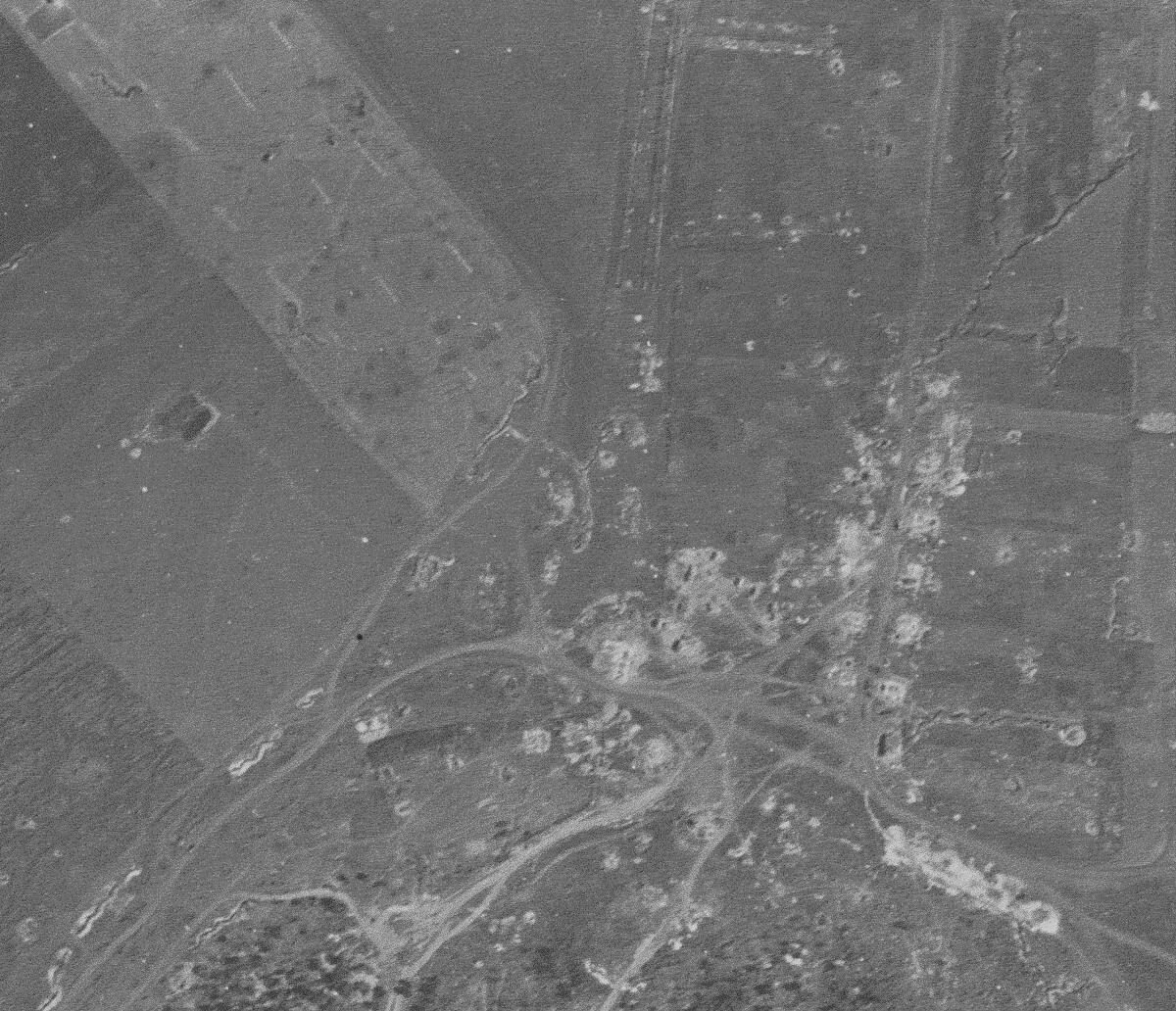
Oh, and by the way, I have a new book coming out next month: Aces at Kursk: The Battle of Aerial Supremacy on the Eastern Front 1943. It is with Pen & Sword in the UK. The release date in the UK is 30 August. We have the UK Amazon link here: Buy from Amazon (UK). The release date for the U.S. is 30 October. The U.S. Amazon link is here: Buy from Amazon. Both of these links are on the right side of the blog. If you click on the image, it goes to the Pen & Sword site. You can pre-order the book direct from the publisher or Amazon or other sites. I have not yet seen a final copy. Not sure if I will have copies available at our conference: Schedule for the Historical Analysis Annual Conference (HAAC), 27-29 September 2022 – update 8 | Mystics & Statistics (dupuyinstitute.org). It is discounted if pre-ordered. It is cheapest if pre-ordered directly from Pen & Sword. They have a nice pre-order discount.
It is not a small book, 392 pages. This book took a while to publish. I could not find an American publisher that wanted to publish it. Oddly enough, when I contacted Pen & Sword, they mentioned that they had been publishing a lot of American authors recently.
I did have three chapters on the air war in my big Kursk: The Battle of Prokhorovka book. This book was built from those three chapters, the associated air war appendix, and a lot of other material that has been assembled since I first wrote this around 2002. I also added some chapters on air war on the north side of Kursk (this was at the request of the publisher) and I did have some Soviet air regiment records that I had collected that was not part of the original big book. I also spend more time than I would like disputing accounts and figures from other books. There have been other works published since 2002 when I first wrote the manuscript for my big Kursk book. Unfortunately, some of these added to the confusion over the history. Maybe the best thing is to ignore other works and just tell your account, but in this case, I did roll up my sleeves and debate the details of what they said. Mostly this was done in footnotes, but I did also put in a few “sidebars” in the text. Kind of hated to do that as some of these people I know virtually, and they have always been decent supportive people. But facts are facts, and I really do think the story needs to be told correctly.
I will probably be working on another Kursk related book this fall called The Battle of Tolstoye Woods. This time with an American publisher. I do have a master plan to do up to a dozen books covering all the fighting in the south of Russia and Ukraine in 1943. May yet get around to covering the entire Battle of Kursk and the three battles of Kharkov in 1943.
A couple of related posts:
Aces at Kursk – Summation | Mystics & Statistics (dupuyinstitute.org)
Is this my last Kursk book? | Mystics & Statistics (dupuyinstitute.org)




